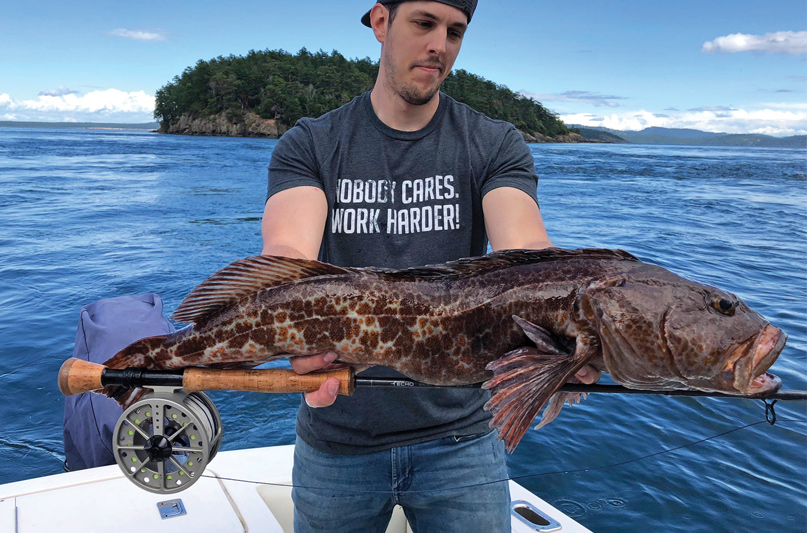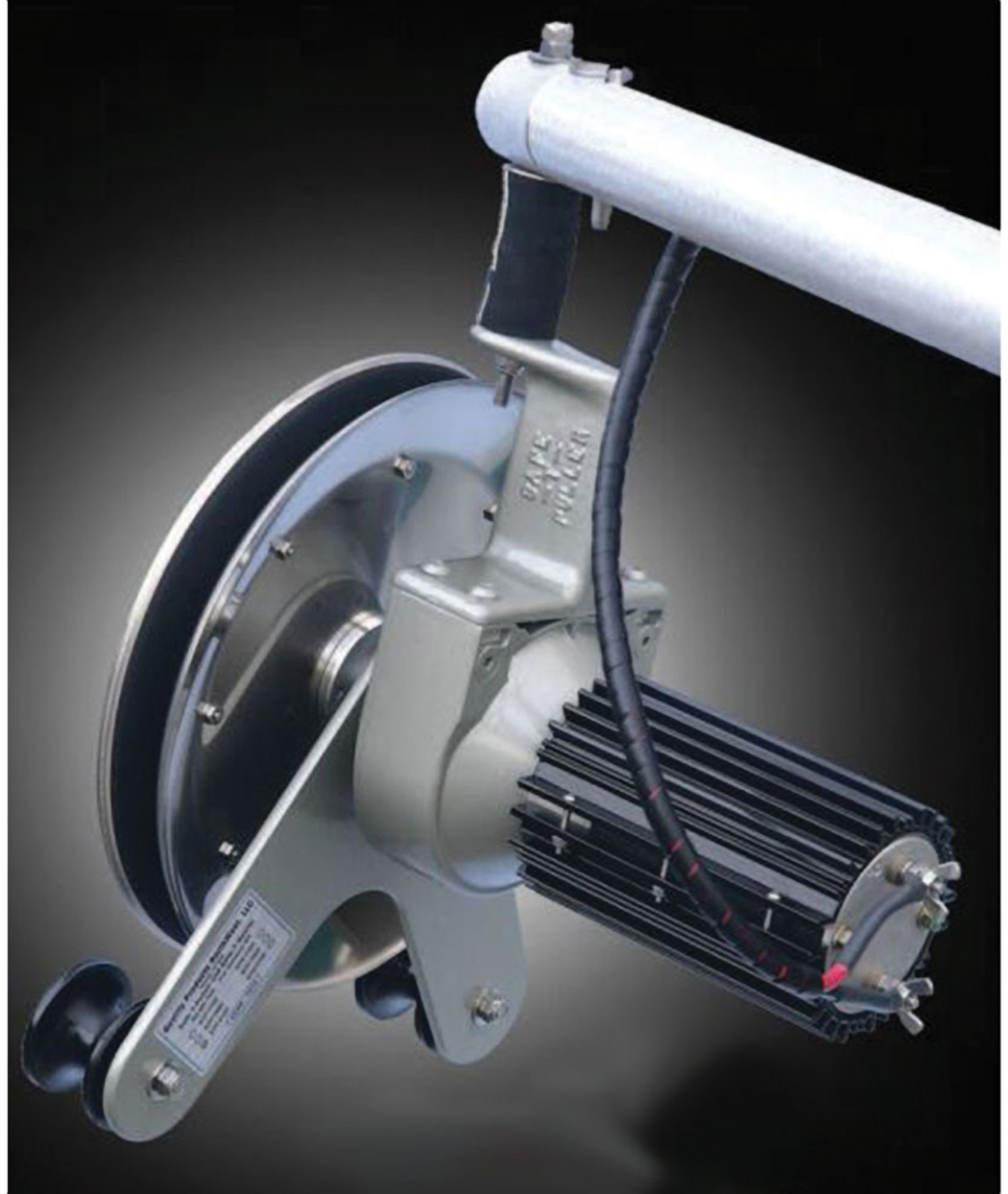 Opportunities abound in May to take a harvest from the sea in the Pacific Northwest. From halibut and ling cod to prawns and some north-of-the-border salmon, it’s kickin’ out in the saltchuck. The weather should give us some fine spring days to enjoy on the water. Bringing back great tasting treats from your adventure is a big bonus. Reminiscing on your trips while savoring the unreal eats is much more rewarding than raiding the seafood section of the market.
Opportunities abound in May to take a harvest from the sea in the Pacific Northwest. From halibut and ling cod to prawns and some north-of-the-border salmon, it’s kickin’ out in the saltchuck. The weather should give us some fine spring days to enjoy on the water. Bringing back great tasting treats from your adventure is a big bonus. Reminiscing on your trips while savoring the unreal eats is much more rewarding than raiding the seafood section of the market.
Spot prawns are open for business in many areas in May, and they are amazingly large and sweet tasting. There are many ways to prepare prawns, including grilling or sautéing. Lately, I’ve just been boiling them for a few minutes. Timing is critical, as you don’t want to overcook. Just a quick dip in salted, boiling water and they are ready to peel and eat. Bring on the butter!
How do you catch these scrumptious shrimps? First, start with the right gear. Just about every prawn trap on the market will work: square, round, rectangle, weighted, stackable. They all have their place. Every region has specific gear regulations, and of course, it’s important to use pots that meet legal requirements. Using added weight to your traps is a must, too. Many “stolen” pots have just been swept away by tidal currents. This phenomenon of the missing pots can be greatly alleviated by shrimping when the tide is fairly slack. Slack tide makes it a lot easier to pull and retrieve as well. Make it easy on yourself by not fighting a ripping tidal exchange. Study your tide tables and current charts.
As far as bait to catch your prawns is concerned, I like a combo of fast dispersing, heavily scented material and a longer lasting chunk of salmon or tuna, head or carcass. The fast-acting material can be anything from canned cat food to shrimp pellets soaked in shrimp scent oil. The blast of scent that comes out of the canned or pelleted material will draw the prawns into the pot and the head or carcass will give them something to chew on so they stick around.
Usually if you’re in the right spot, you won’t have to let your pots soak more than an hour or so to load them up with prawns. And, if you’re in the wrong spot, you’ll know upon pulling the pots in that same time frame and they are empty. This will give you time to move and try it again. Sometimes just moving out from 250 feet of water to 300 feet will do the trick. Don’t get discouraged in your pursuits if you don’t have success right away. As with most things marine, there is no substitute for time in the saddle to get the hang of it.
Make sure you have the correct color buoys and enough floatation. Using a sinking, leaded line of at least 400 feet is a must. Keep in mind that spot prawns will most likely be in 200 feet to 400 feet of water, on gravely flats below or above steep shelves or ledges. Your line will be scoped out, so 300 feet of line in 300 feet of water makes for a sunken buoy or a floating pot. Both scenarios are not productive and can be expensive!
A good pot puller is a must for our area, given the water depth and type of prawning. Gas pullers are available, and they work great. However, electric pullers will do the job just fine. The Atlas Line Hauler or Scotty Pot Puller work well and are convenient. They will mate to your Scotty mounts and plug into your Scotty receptacles.
However, for those who want more power, faster retrieval, and a more commercial application, electric pullers such as the Safe-T-Hauler or My-T-Hauler are good choices.
Halibut and ling cod are open in many areas in May. Ling for a longer season, and halibut on selected days. There are size limits and depth restrictions for lings, and other rules for halibut. Don’t be intimidated by the regulations, just do your due diligence and research, and go get some.
Chinook fishing should be available in Canada and parts of Alaska in May. Some big early fish can be out there towards the end of this month. A run north can be productive and get the juices flowing again. It’s a great time to get a first whack on the leading edge of the run.
There are some great opportunities this month to get out on the water and partake of the bounty the sea provides. Don’t miss out on filling the freezer and all those great dinners to come from your own saltwater harvest!
